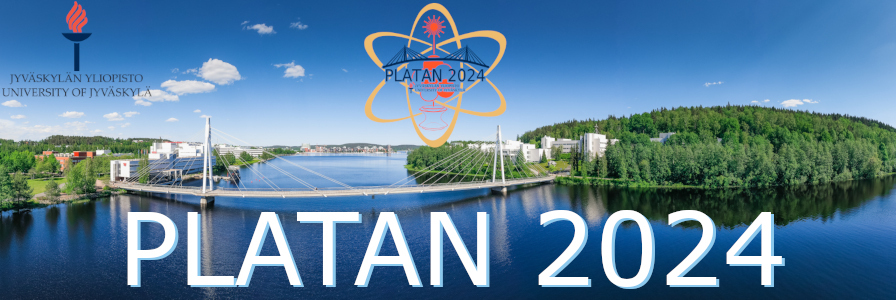Speaker
Description
Laser spectroscopy of highly charged ions at the Experimental Storage Ring (ESR) at GSI has a long tradition and started in 1994 with the observation of the hyperfine transition in $^{209}$Bi$^{82+}$ [1]. While carried out to test QED in the strongest magnetic fields available in the laboratory, it turned out that uncertainties in the nuclear structure contributions, specificially the nuclear magnetic moment distribution (Bohr-Weisskopf effect), completely cover the QED contributions. In order to escape this problem, it was suggested to combine the measurement in H-like Bi with a corresponding measurement in the Li-like ion to remove the nuclear cotributions in a specific difference $\Delta ^\prime E$ of the two hyperfine splitting energies [2]. The first precise determination of $\Delta^\prime E$ revealed a more than $7\sigma$ deviation between experiment and theory [3]. This could be resolved by an NMR redetermination of the nuclear magnetic moment of $^{209}$Bi [4], which is the only experimental input parameter into the calculation of $\Delta^\prime E$ and brought theory and experiment to agreement. In order to demonstrate the elimination of the BW effect in the specific difference, a measurement of $\Delta^\prime E$ for the isotope $^{208}$Bi has been proposed [5]. Here, I will present the first step of this endeavour, which was the successful measurement of the hyperfine splitting in $^{208}$Bi by the LIBELLE cooperation, which represents the very first laser spectroscopy of an artificially produced isotope at a storage ring.
[1]: I. Klaft et al., Phys. Rev. Lett. 73, 2425 (1994).
[2]: V. M. Shabaev, et al., Phys. Rev. Lett. 86, 3959 (2001).
[3]: J. Ullmann et al., Nat. Comm., 8, 15484 (2017).
[4]: L. Skripnikov et al., Phys. Rev. Lett. 120, 093001 (2018).
[5]: S. Schmidt, et al., Phys. Lett. B 779, 324 (2018).
Funding by BMBF under contract 05P21RDFA1 is acknowledged.

